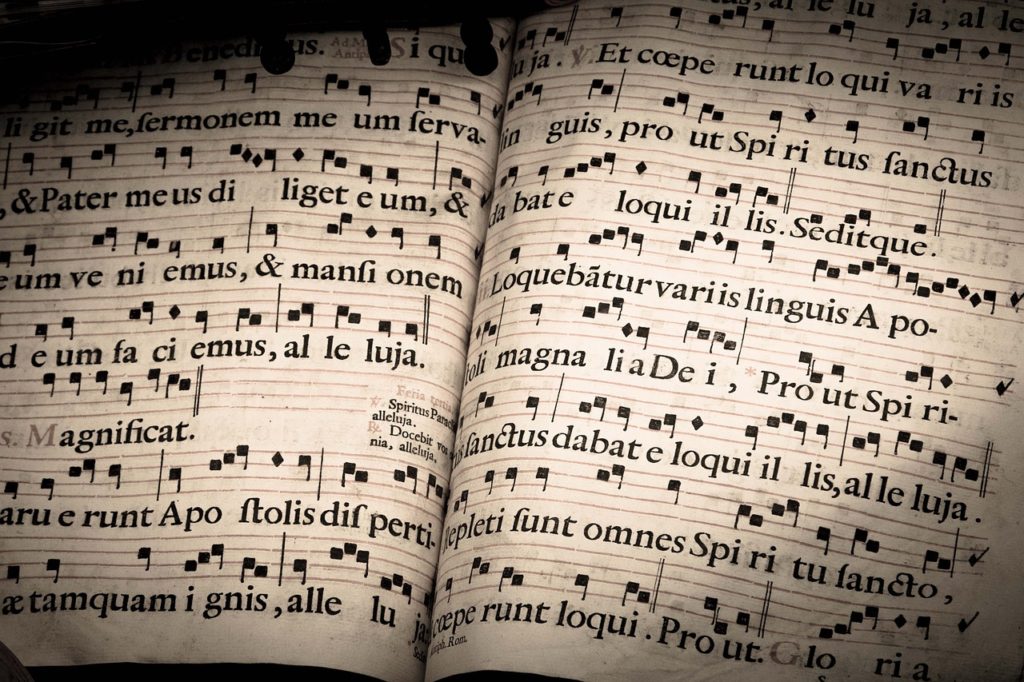Do you want to know how song structure, musical phrases, musical structures and forms work? Musical structures and forms in instrumental music works differently than popular song structure. However, motifs and musical phrases works pretty much the same in either type of writing. In this post, we’ll talk about all that plus the difference between motifs and leitmotifs. Read more to get music structure examples for both songwriting and instrumental music. Estimated reading time 5 minutes.
Read More

